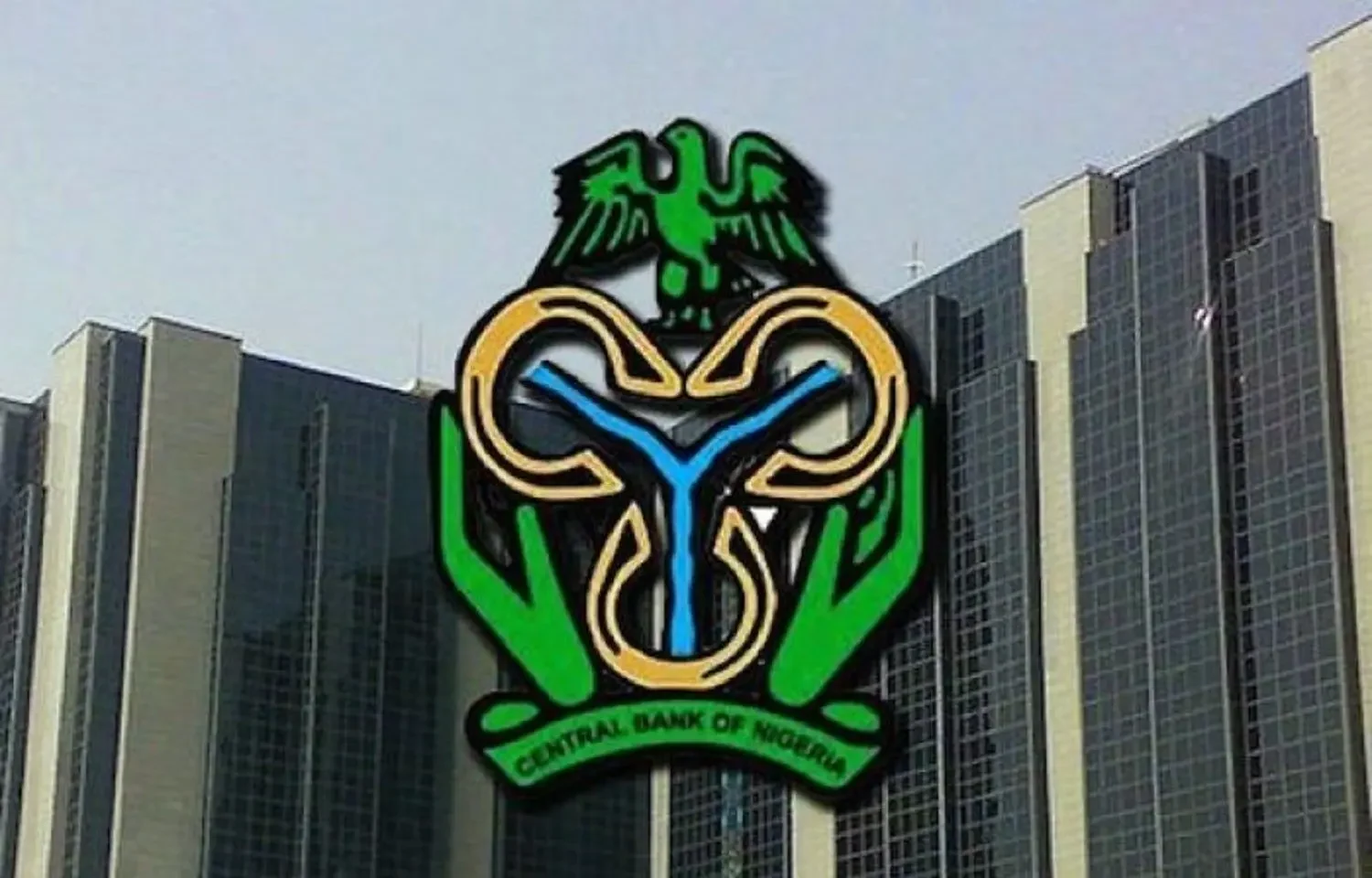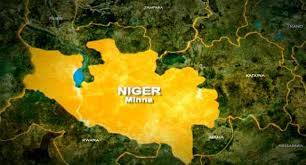
Commercial banks in Nigeria deposited a record-breaking ₦146.13 trillion with the Central Bank of Nigeria (CBN) in the first nine months of 2025, representing a staggering 568.7 percent increase year-on-year, compared to ₦21.85 trillion recorded during the same period in 2024.
The spike, according to financial analysts, reflects a significant buildup of idle cash and excess liquidity in the banking sector amid ongoing monetary tightening and changing liquidity management strategies by the apex bank.
Understanding CBN’s Lending and Deposit Framework
The CBN operates two key liquidity management windows for commercial banks:
- Standing Lending Facility (SLF): Where the CBN lends to banks at 500 basis points (bps) above the Monetary Policy Rate (MPR).
- Standing Deposit Facility (SDF): Where banks deposit excess funds and receive interest at MPR minus 100 bps.
The apex bank also facilitates Repurchase (Repo) transactions, allowing banks to obtain short-term liquidity by selling securities with an agreement to repurchase them at a later date and higher price.
Breakdown of Deposit Trends in 2025
According to analysis of official CBN data:
- Banks’ deposit via the SDF rose by 158.4% quarter-on-quarter to ₦49.68 trillion in Q2 2025, up from ₦19.22 trillion in Q1.
- The upward trend continued in Q3 2025, with deposits surging by another 55.4% to ₦77.23 trillion.
- The cumulative total for the first nine months of 2025 stood at ₦146.13 trillion, sharply higher than 2024 levels.
Analysts attribute the surge to the CBN’s revised single-tier remuneration structure for the SDF, introduced in late 2024, which incentivized banks to park excess funds with the central bank rather than lend them out.
Banks Borrowing Less from CBN
While deposits rose, banks’ reliance on the CBN for short-term liquidity support through the SLF declined:
- Total SLF borrowing dropped 12.4% YoY to ₦69.37 trillion in 9M 2025, down from ₦87.09 trillion in the same period of 2024.
- However, SLF usage showed fluctuations quarter-on-quarter:
- Q1 2025: ₦9.38 trillion
- Q2 2025: Jumped to ₦50.46 trillion (+437.8% QoQ)
- Q3 2025: Slowed to ₦10.67 trillion (-78.8% QoQ)
This decline suggests that banks were less dependent on the CBN for emergency funding, likely due to sufficient liquidity buffers and improved asset management.
What the Data Means
The contrasting trends of soaring deposits and declining borrowings point to a key takeaway:
Nigeria’s banking sector is flush with liquidity, but is choosing to hold onto it instead of increasing credit to the real economy.
This cautious approach may be linked to: High interest rate environment, Elevated inflation risks, Tightening credit policies and Uncertainty in loan performance across sectors.
Industry Implications
The CBN is expected to closely monitor the situation to ensure that excess liquidity does not fuel inflationary pressures or undermine credit expansion to the productive sectors of the economy. Meanwhile, policymakers and stakeholders continue to call for targeted interventions to redirect surplus funds towards MSMEs and real sector growth.



